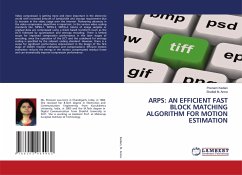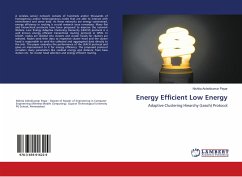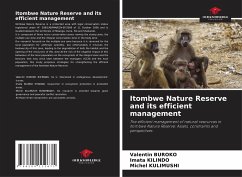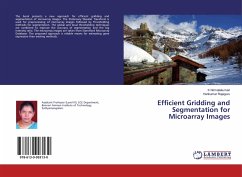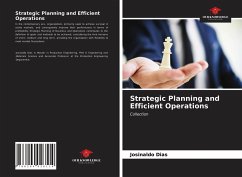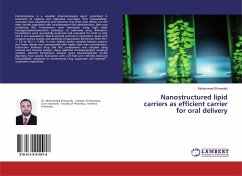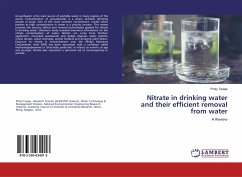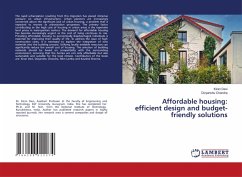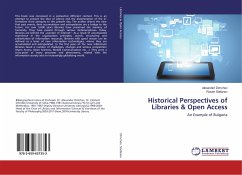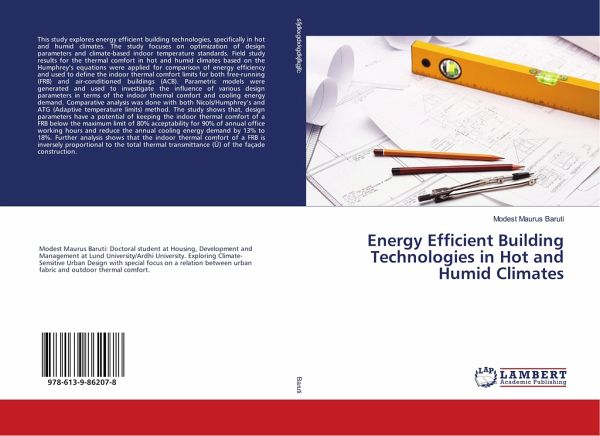
Energy Efficient Building Technologies in Hot and Humid Climates
Versandkostenfrei!
Versandfertig in 1-2 Wochen
36,99 €
inkl. MwSt.

PAYBACK Punkte
18 °P sammeln!
This study explores energy efficient building technologies, specifically in hot and humid climates. The study focuses on optimization of design parameters and climate-based indoor temperature standards. Field study results for the thermal comfort in hot and humid climates based on the Humphrey's equations were applied for comparison of energy efficiency and used to define the indoor thermal comfort limits for both free-running (FRB) and air-conditioned buildings (ACB). Parametric models were generated and used to investigate the influence of various design parameters in terms of the indoor the...
This study explores energy efficient building technologies, specifically in hot and humid climates. The study focuses on optimization of design parameters and climate-based indoor temperature standards. Field study results for the thermal comfort in hot and humid climates based on the Humphrey's equations were applied for comparison of energy efficiency and used to define the indoor thermal comfort limits for both free-running (FRB) and air-conditioned buildings (ACB). Parametric models were generated and used to investigate the influence of various design parameters in terms of the indoor thermal comfort and cooling energy demand. Comparative analysis was done with both Nicols/Humphrey's and ATG (Adaptive temperature limits) method. The study shows that, design parameters have a potential of keeping the indoor thermal comfort of a FRB below the maximum limit of 80% acceptability for 90% of annual office working hours and reduce the annual cooling energy demand by 13% to 18%. Further analysis shows that the indoor thermal comfort of a FRB is inversely proportional to the total thermal transmittance (¿) of the façade construction.



